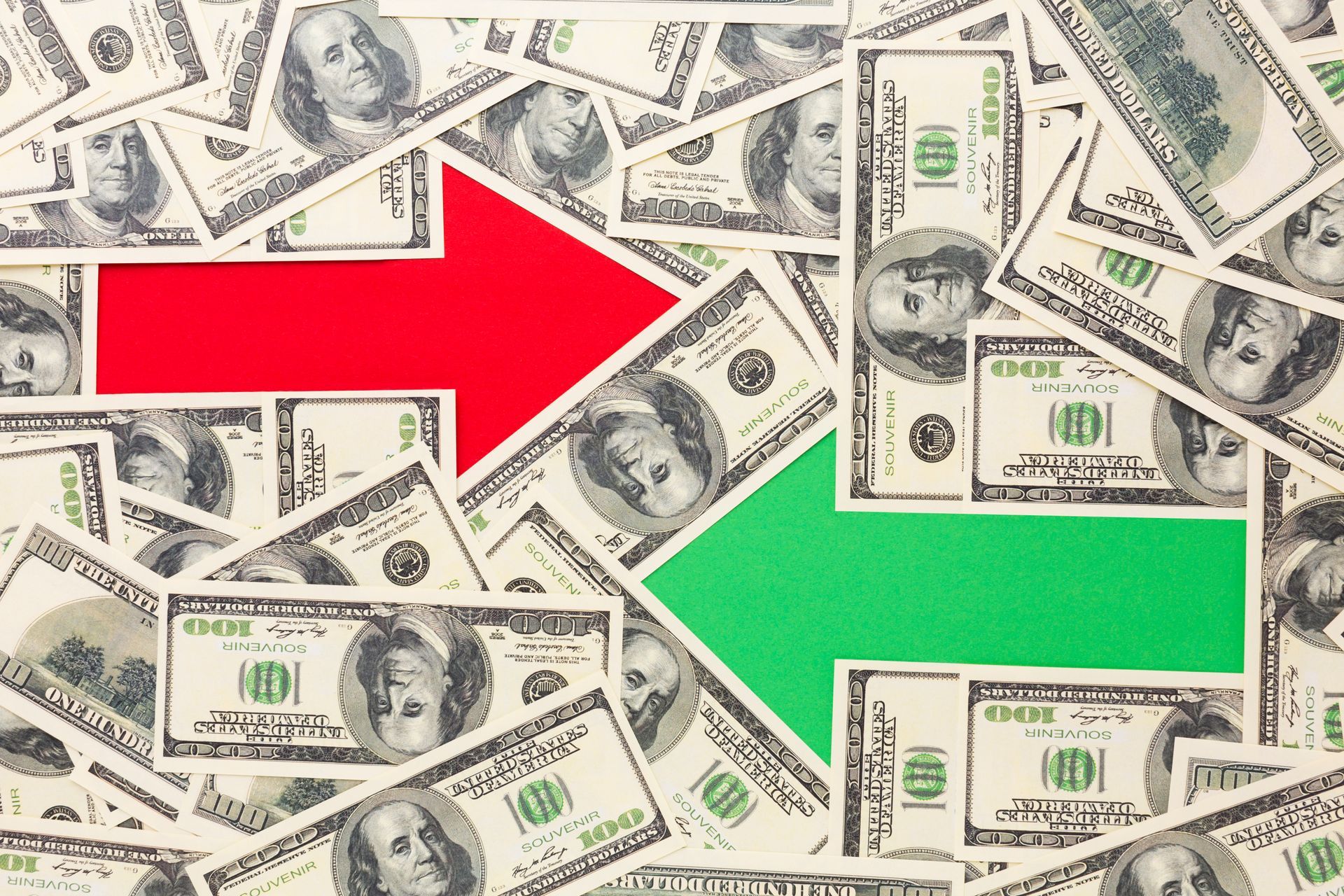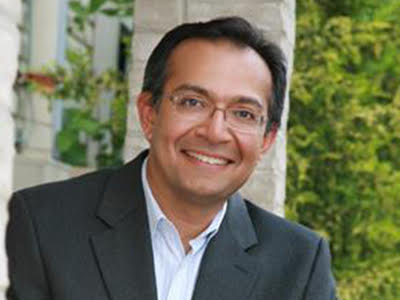Cash Flow vs. Profitability: Why Both Matter for Your Business

Understanding the Difference Between Cash Flow and Profitability
Every business wants to be profitable, but does that mean it’s financially stable? Not necessarily. Profitability and cash flow are two sides of the same coin, yet many businesses focus solely on profit and overlook cash flow—the very thing that keeps the doors open. Understanding the balance between these two financial metrics is crucial for long-term success.
Profitability: The Big Picture
Profitability is simple: revenue minus expenses. If your business brings in more than it spends, you’re profitable. Sounds great, right? But here’s the catch—profitability is a long-term metric. A business can be profitable on paper while still struggling to pay its bills. That’s where cash flow comes in.
Cash Flow: The Lifeblood of Your Business
Cash flow measures how much money is coming in and going out at any given time. Positive cash flow means more money is coming in than going out, while negative cash flow means the opposite. A business can show a profit on its financial statements but still run into trouble if cash isn’t available when it’s needed.
Take this real-world example: A construction company secures a contract worth $500,000. On paper, it’s profitable. But if payments are delayed while payroll, materials, and other expenses pile up, the business can quickly run into financial trouble. That’s why cash flow management is critical.
Why Businesses Struggle with Cash Flow
Many businesses, especially startups and small enterprises, run into cash flow issues for a few common reasons:
1. Delayed Payments from Clients
Waiting 30, 60, or even 90 days for payment can be a major headache. Meanwhile, rent, payroll, and supplier costs don’t wait. Without proper planning, businesses can run out of working capital before payments arrive.
2. Overinvestment in Inventory
Retailers and product-based businesses often tie up cash in inventory. If stock isn’t moving fast enough, cash flow problems arise, making it hard to cover operating expenses.
3. Rapid Growth Without Financial Cushion
Growth is exciting, but expanding too quickly can be risky. Hiring new employees, opening new locations, or investing in equipment before securing consistent revenue can put serious strain on cash reserves.
4. Ignoring Operating Expenses
High overhead costs—like office rent, software subscriptions, or utilities—can eat into cash reserves. If these expenses aren’t managed wisely, a business can run out of cash even when profitable.
How to Balance Cash Flow and Profitability
Balancing cash flow and profitability requires strategy, discipline, and smart financial management. Here’s how businesses can strike the right balance:
1. Implement Strong Cash Flow Management
- Monitor cash flow statements regularly to track inflows and outflows.
- Create cash flow forecasts to anticipate shortages and surpluses.
- Set up a business line of credit as a safety net.
2. Speed Up Receivables
- Offer early payment discounts to clients.
- Implement online invoicing and automated payment reminders.
- Require deposits for large projects to avoid funding everything upfront.
3. Manage Expenses Wisely
- Reduce unnecessary costs by auditing subscriptions and overhead.
- Negotiate better terms with vendors and suppliers.
- Optimize inventory management to avoid overstocking.
- Take advantage of tax deductions that can improve cash flow, such as:
- Depreciation deductions (Section 179 or bonus depreciation): Businesses can deduct the full cost of eligible equipment or property in the year of purchase rather than spreading it over several years, freeing up more cash.
- Home office deduction: If a portion of your home is used exclusively for business, a percentage of rent, utilities, and insurance can be deducted, reducing taxable income.
- Health Savings Accounts (HSAs): Pre-tax contributions lower taxable income while setting aside funds for medical expenses.
- Business expense deductions: Keeping track of all deductible expenses, including meals, travel, vehicle expenses, and office supplies, helps minimize tax liability and retain cash.
- Interest deduction on business loans: Interest paid on business-related loans or credit lines can be deducted, easing financial strain.
4. Plan for Growth Strategically
- Expand only when cash flow allows, not just based on profit projections.
- Scale hiring and infrastructure in alignment with revenue.
- Keep emergency funds to cover unexpected expenses.
5. Seek Professional Financial Guidance
- A CPA or financial expert can help optimize tax strategies, cash flow planning, and profit allocation.
- Outsourcing accounting services can ensure financial statements are accurate and up-to-date.
- Plan tax strategies ahead of time to avoid unexpected cash shortages.
A Real-World Example: The Restaurant Dilemma
Imagine a popular restaurant that’s packed every night. They’re turning a strong profit, but their cash flow tells a different story. Suppliers need payments upfront, but revenue comes in gradually. Without careful cash flow management, the restaurant might struggle to pay its rent and staff, despite being profitable on paper. This scenario plays out in businesses across all industries, making it clear that profitability alone isn’t enough.
The Bottom Line
Profitability is essential for long-term success, but cash flow is what keeps your business running day-to-day. Without cash, even the most profitable business can find itself in trouble. By managing cash flow effectively, reducing unnecessary expenses, and planning for sustainable growth, businesses can achieve both profitability and financial stability.
Additionally, smart tax planning plays a crucial role in keeping cash reserves intact. Making quarterly estimated tax payments, utilizing deductions like business loan interest and employee benefits, and minimizing self-employment taxes can all help free up working capital when it’s needed most. If you need expert guidance to keep your business financially healthy, we’re here to help.
At
Straight Talk CPAs, we help businesses navigate these financial challenges, ensuring they have both a solid profit strategy and the cash flow to sustain it.
Discover Your Tax Savings Score in Minutes!


Salim is a straight-talking CPA with 30+ years of entrepreneurial and accounting experience. His professional background includes experience as a former Chief Financial Officer and, for the last twenty-five years, as a serial 7-Figure entrepreneur.




